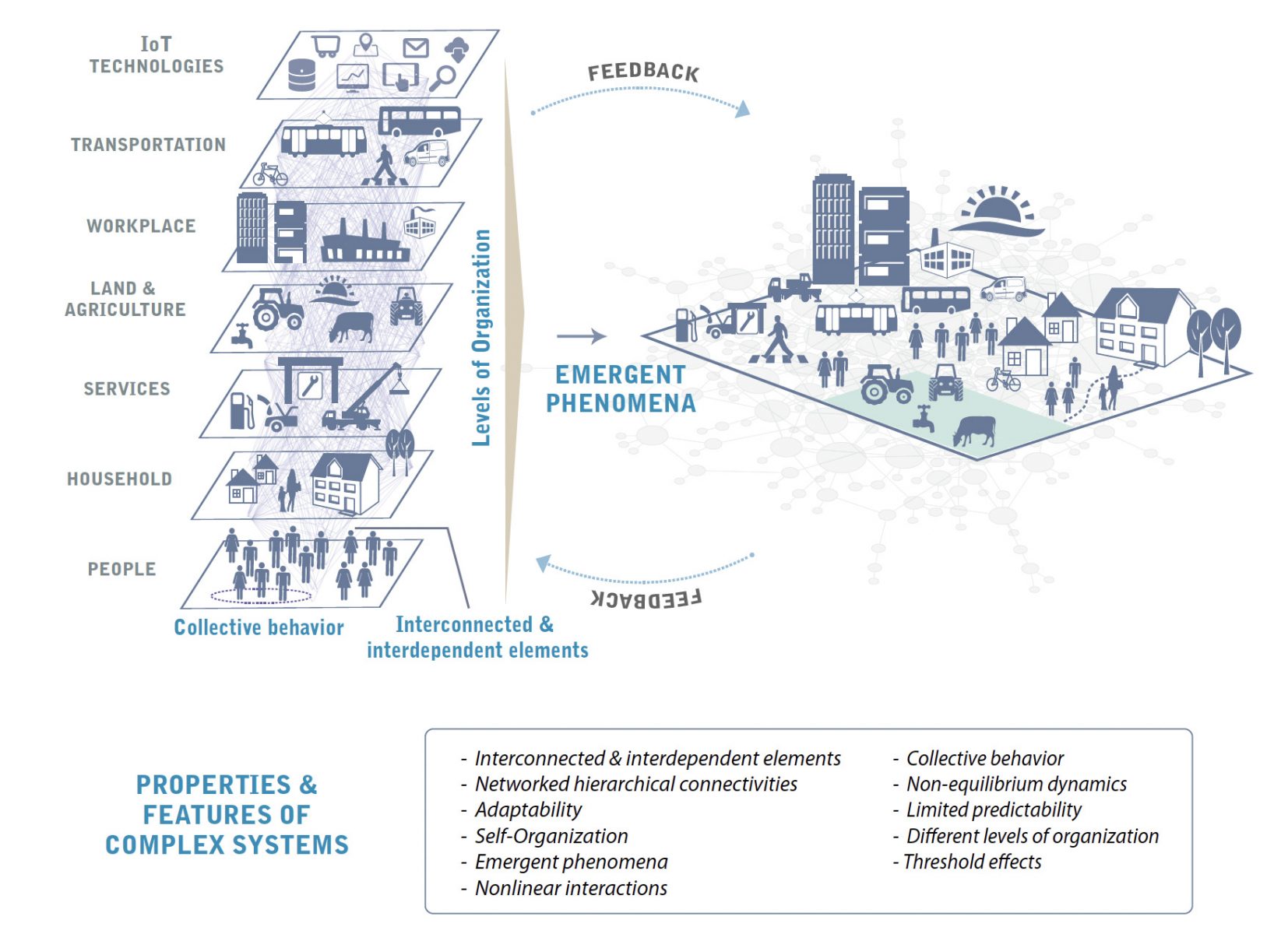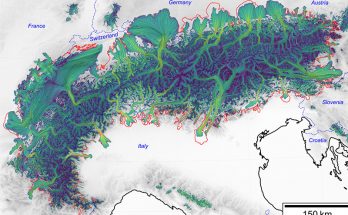Cette publication est également disponible en :
![]() Français
Français

Virtual representations of cities – or Digital Twin Cities – are in full expansion and are intended to facilitate the management and planning of urban systems in the short and medium term. But are they relevant?
The European Union has mandated a group of experts in modeling, which includes Prof. Céline Rozenblat, in order to evaluate them. The result: the models suffer from a lack of complexity, and neglect in particular the socio-economic components of the urban fabric, as well as the approaches at different levels and scales necessary for long-term sustainable urban development planning.
Created more than fifty years ago by NASA to test rockets, the “digital twins” have progressively developed in many fields. In the last few years, the development of Digital Twin Cities has grown in parallel with the research conducted on the subject (> 400 articles published in 3 years).
They are the virtual representation of the processes and systems that make up the city. They aim at facilitating its management and planning in the short and medium term. Their modeling relies on large amounts of data from human and physical systems, for which automated sensors are available to provide this data in near real time.
In 2022, a commission of experts, including Céline Rozenblat, professor at IGD, has been mandated within the European Union to establish an ISO standard defining the criteria to be met for the establishment of local digital twins. An article published in Nature computational sciences “The role of complexity for digital twins of cities” (full-text access to a view-only version of your paper by using the following SharedIt link) reviews the existing models and addresses several criticisms: lack of transparency of the data and models used; focused on the infrastructures and buildings of the cities; analyses carried out at the same scale and stopping most of the time at the administrative limits of the central city. This “mechanical” approach shows significant shortcomings and neglects elements that are crucial to the development of a city, such as the economic fabric and social links. Also, interactions at micro-levels can influence elements at a larger scale.
Thus, according to the experts, it is necessary to introduce in digital city models several levels of complexity and different types of data, in order to have the most faithful representation of real cities. It will thus be possible to meet the needs of the governance of these cities by giving them the means to act at several levels, as well as at different scales of space and time.



